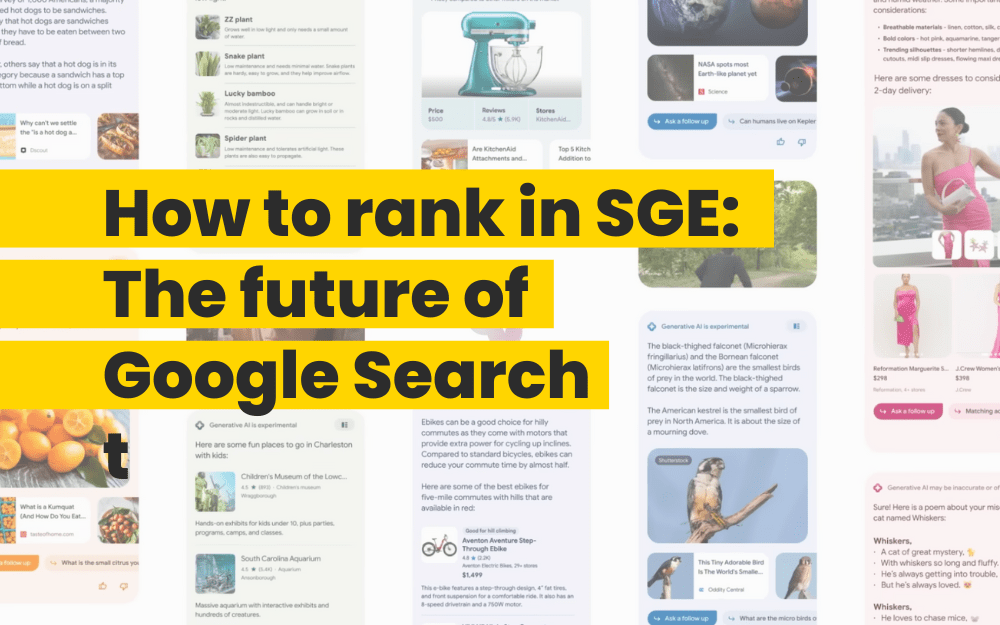Google have announced that you’ll no longer be able to edit or create Expanded Text Ads (ETAs) after 30 June.
Thankfully, ETAs will still serve, and you’ll be able to pause and resume when necessary, as well as report on performance. Unfortunately for ad managers, you’re going to have do some work across your campaigns in preparation for the change and we’re here to share some recommendations on how to prepare.
Firstly, the news about the change hasn’t come as much of a surprise in the digital community. The announcement came after transitioning the default ad type to RSAs (Responsive Search Ads) back in February, so you could say we saw it coming, but the question is, why are Google making this change?
Google have stated that the goal of this change is to ensure that the right message always shows. As RSAs dynamically create ads at the time of auction to respond to specific search queries, then this makes sense. We believe tailoring copy to an individual’s wants, needs and behavioural patterns is a must in the digital age we currently live in; however due to the limitations on RSA reporting at current, we could argue that this gives Google further control over our accounts and leaves PPC managers wondering what’s next?
So, what should you do to prepare?
Review your current expanded text ads
We’d suggest reviewing your current expanded text ads, or, if you have time (and we know, ad copy writing is time consuming) doing some last-minute testing in the next few months whilst you can still create them. Reason being, you can report on granular performance with ETAs so will be able to determine which headlines and description combinations work best, this will help shape your RSAs and give you clear insight into what’s working and what’s not.
Create evergreen ETAs
Be sure to add some evergreen ETAs which you can use in the future as well. An example being, if you have any ETAs which focus on a specific offer, or are seasonal, or include reference to the pandemic / the year 2022 then these should be reviewed and edited to ensure that from June 30th, the copy will make sense no matter what season, what year or what pricing strategy you’re in. You don’t want a ‘Skiing Season 2022’ ad showing up in 2023, do you? Or an out of date 50% off sale.
Make sure an RSA is activated
Make sure that each ad group across your account has at least one RSA activated, after all, it seems that they’re the new normal now. Begin to analyse which copy is working best for you (you know, just in case Google decide to cut ETAs completely in the future).
Testing, testing, 123
We’d still recommend testing and improving your RSAs, too. You can repurpose high-performing content from your current ETAs. If a specific USP works well from an engagement point of view, make sure to add this into your responsive search ads.
Check your recommendations
Keep an eye on your recommendations page. These customised suggestions give you some quick and easy suggestions for how to improve your RSAs. We’d note here that you may need to take these with a pinch of salt, as not all suggestions are totally relevant to your ad group and keywords. So don’t feel forced into adding headlines or descriptions lines which wouldn’t necessarily make sense to the search query.
Key takeaways
- Test ETAs now.
- Set up new, evergreen ETAs for future campaigns.
- Ensure each ad group has at least one RSA.
- Review your current RSAs across campaigns, testing and improving where applicable.
- Check up on your recommendations page.
There have been massive shifts in the Google Ads landscape over the last few years and we like to think of the future of Google as exciting. If you need support with ad copy planning, testing, or best practice advice for the future of RSAs then get in touch by sending us an email to team@askbosco.io
Or, if you’d like to save tonnes of time and have a clear view of digital marketing performance, book a 15-minute demo.
Rebekah Waller, Performance Marketing Manager




